Soil
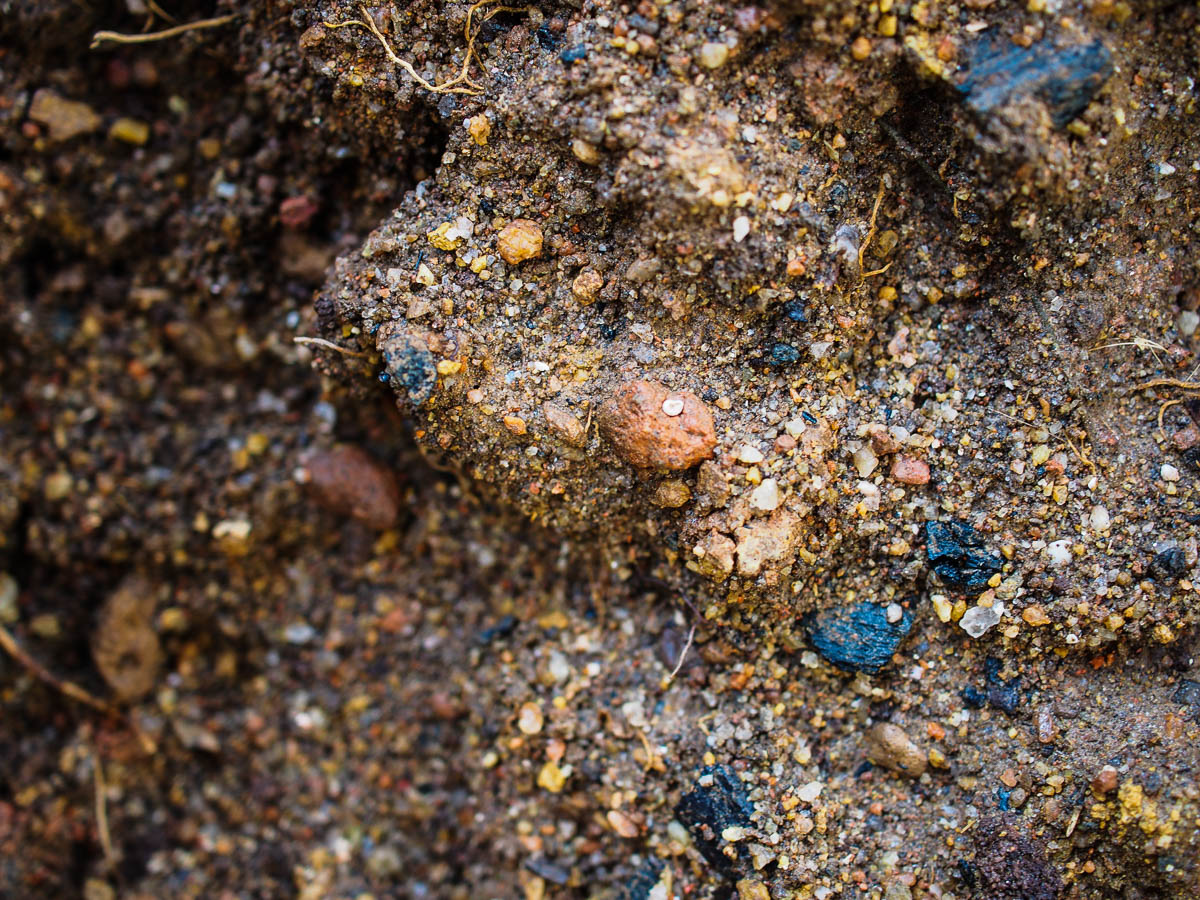
Soil is a key component of the garden that supplies essential nutrients, water, oxygen and root support for plants to grow and flourish. Soil comes in a variety of types and textures, and different plants will thrive in different soils. Knowing what your soil is made of and tailoring it to your plants needs is an important part of being a successful gardener.
What is soil?
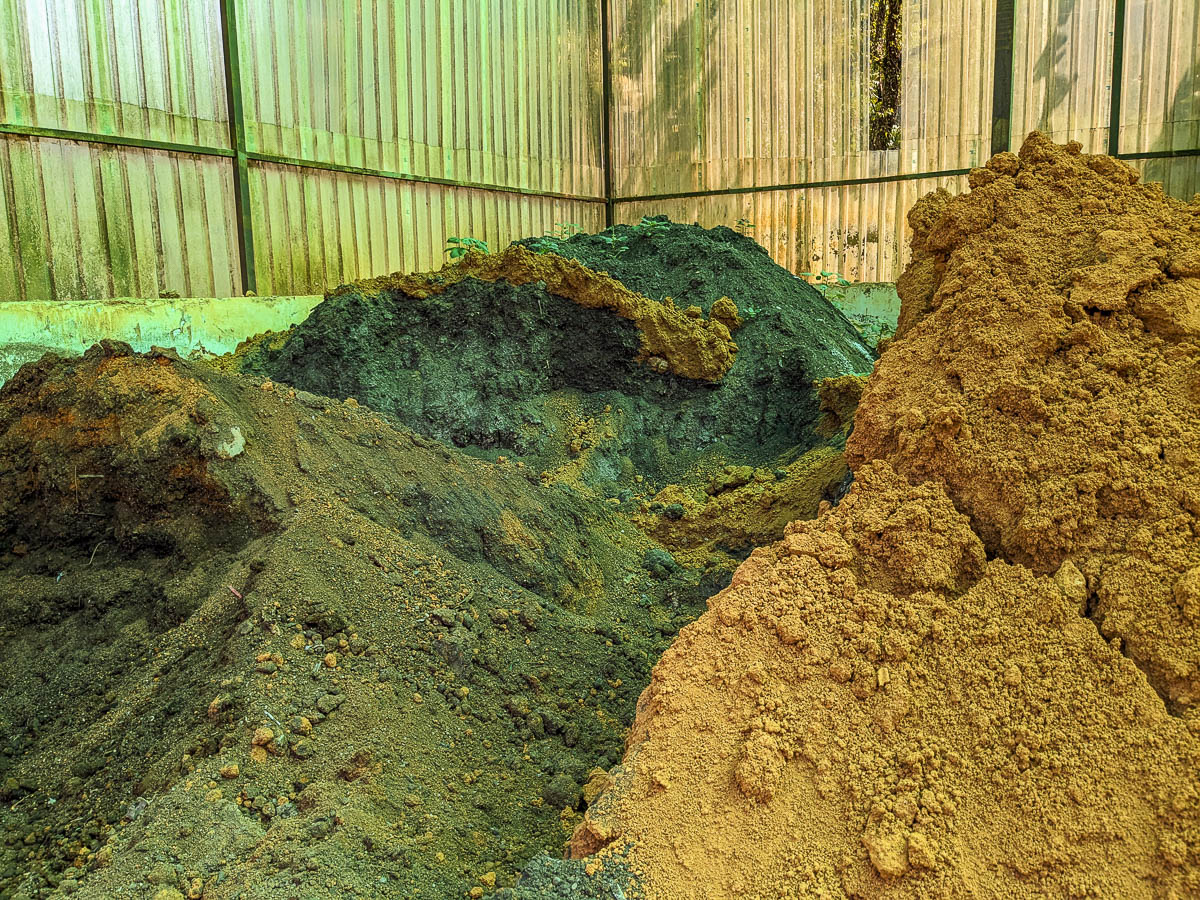
Soil is made up of mineral particles, organic matter, water, and air. The three main components gardeners are usually concerned with are sand, clay and organic matter.
-

Sand has the largest particles at around 0.05 – 2 mm in diameter. The large particles allow water and important nutrients to move through easily. Because of this, sand and other inorganic soil amendments like pumice will improve the drainage of a soil mix, and are important in making sure that soil does not become waterlogged.
-
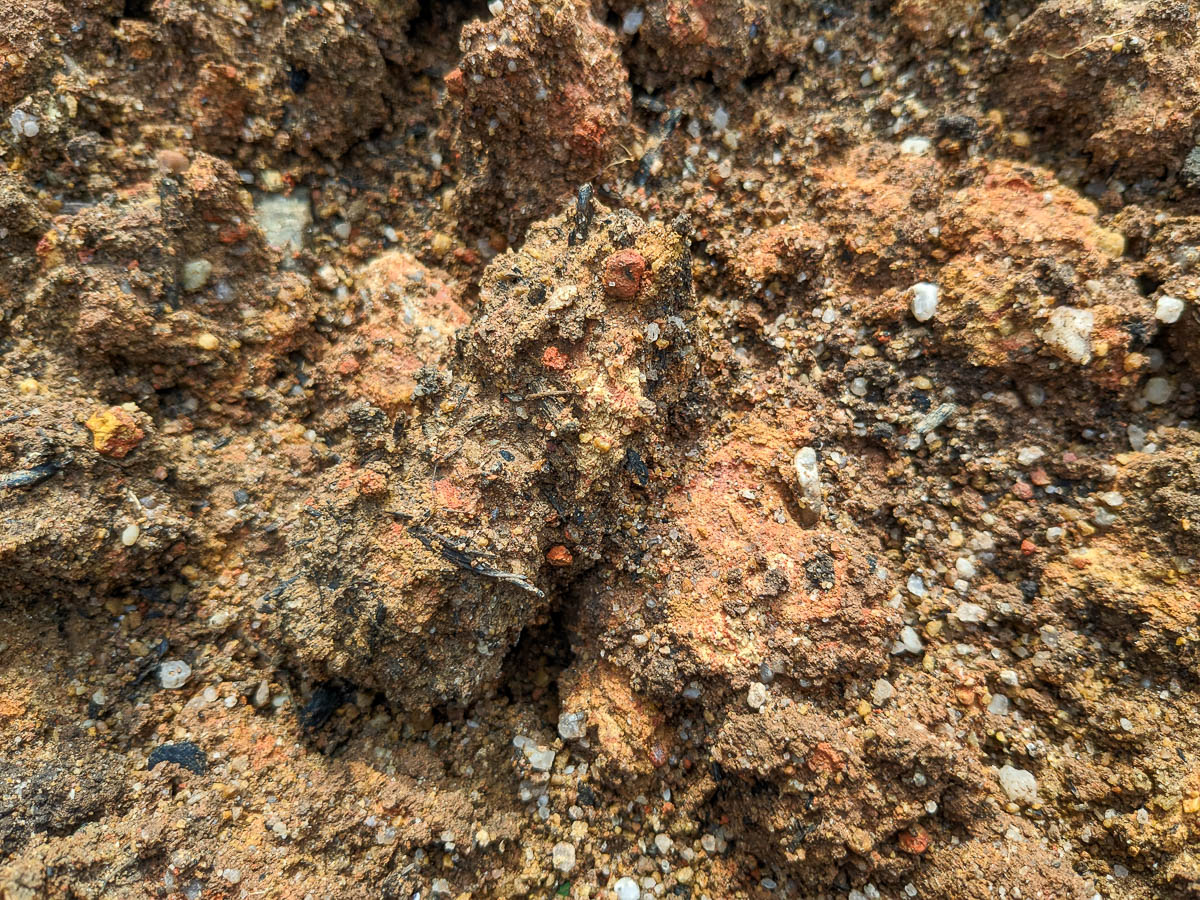
Clay has the smallest particles, usually less than 0.002 mm in diameter. Clay retains water and nutrients well due to its tiny, dense particles. Plants grown in soil mixes without clay will often have nutrient deficiencies and are prone to wilting due to rapid water loss.
-
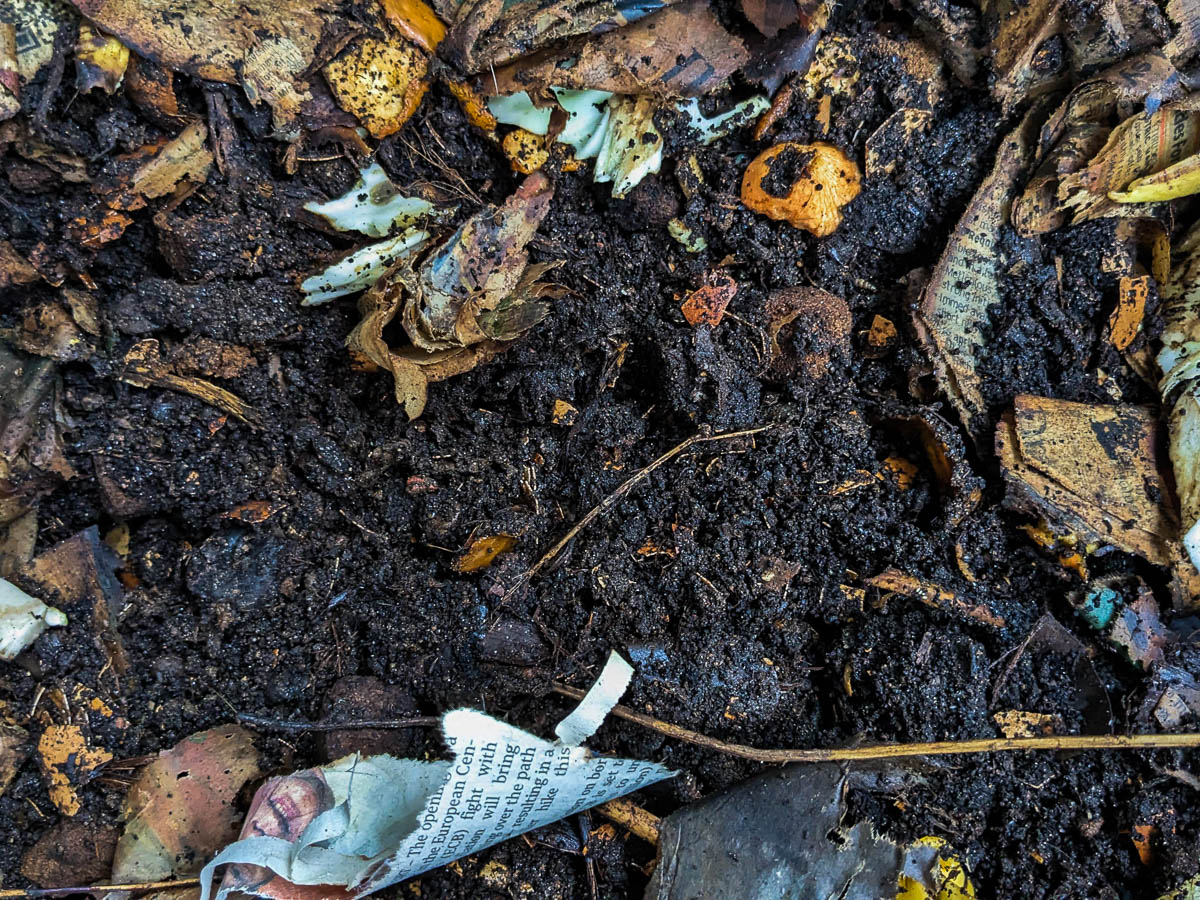
Organic matter is material produced by living organisms and broken down through decomposition by microorganisms. Some common organic materials include compost and cocopeat. Organic matter can absorb and hold water while letting the rest drain away, making it ideal for keeping roots hydrated. However, it needs to be replenished after being broken down, and it does not inherently hold nutrients, although it does produce some during decomposition.
Soil texture and type
The proportion of sand, organic matter and clay particles will determine the soil texture and type. The proportion will also determine the physical properties such as drainage rate and capacity to hold nutrients. Below are some soil types which can be found in gardens in Singapore.
-
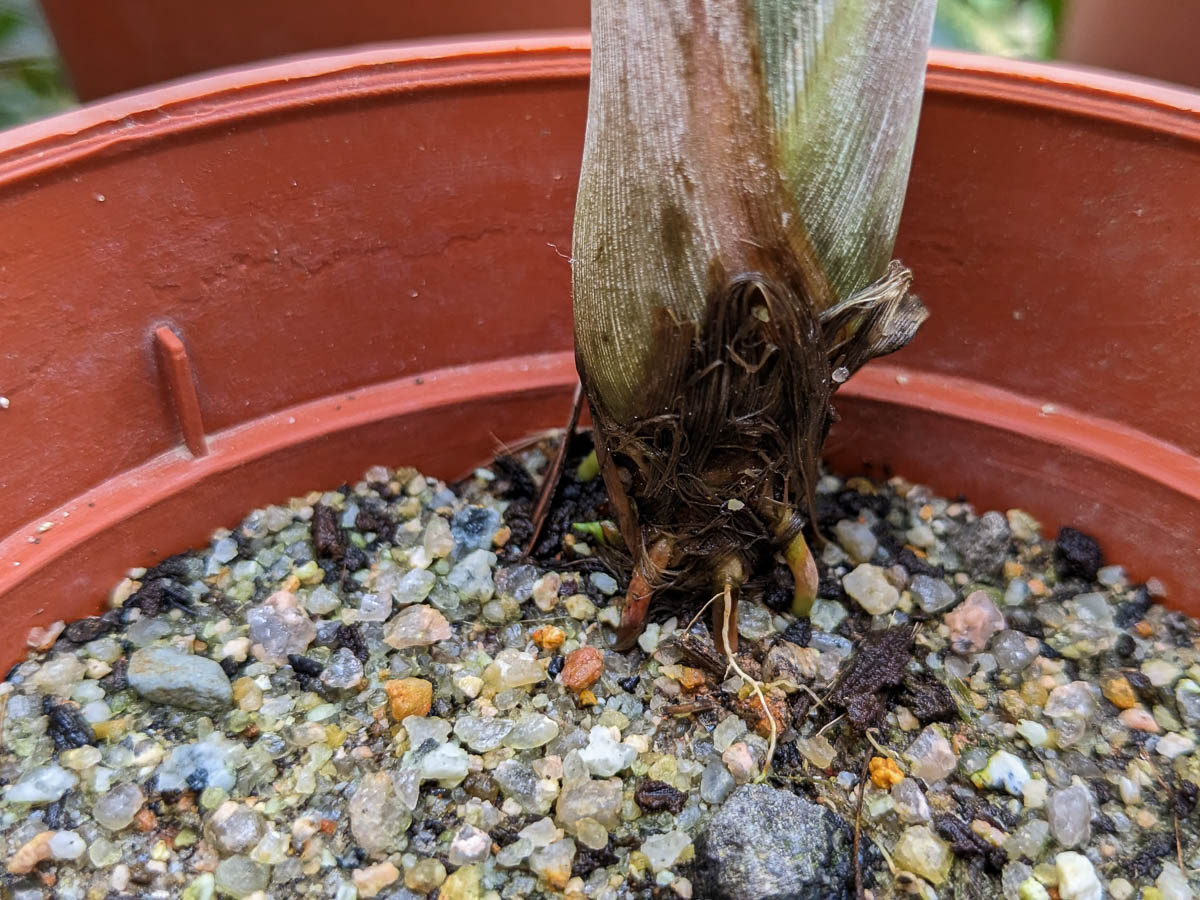
Sandy soils are soil mixes that consist of 50% or more sand or inorganic soil amendments. They are low in nutrients and water holding capacity but tend to be very airy. They have a gritty feel or rough texture with varying hard particle sizes. Succulents and drought-tolerant plants grow well in sandy soil. It is important to use horticultural sand or inorganic soil amendments for sandy soils as other sources of sand may be salty or too fine. If the sand particles are too fine, they can become compacted and dense like clay, preventing roots from growing well. Sandy soils are often sold as ‘cactus mix’.
-
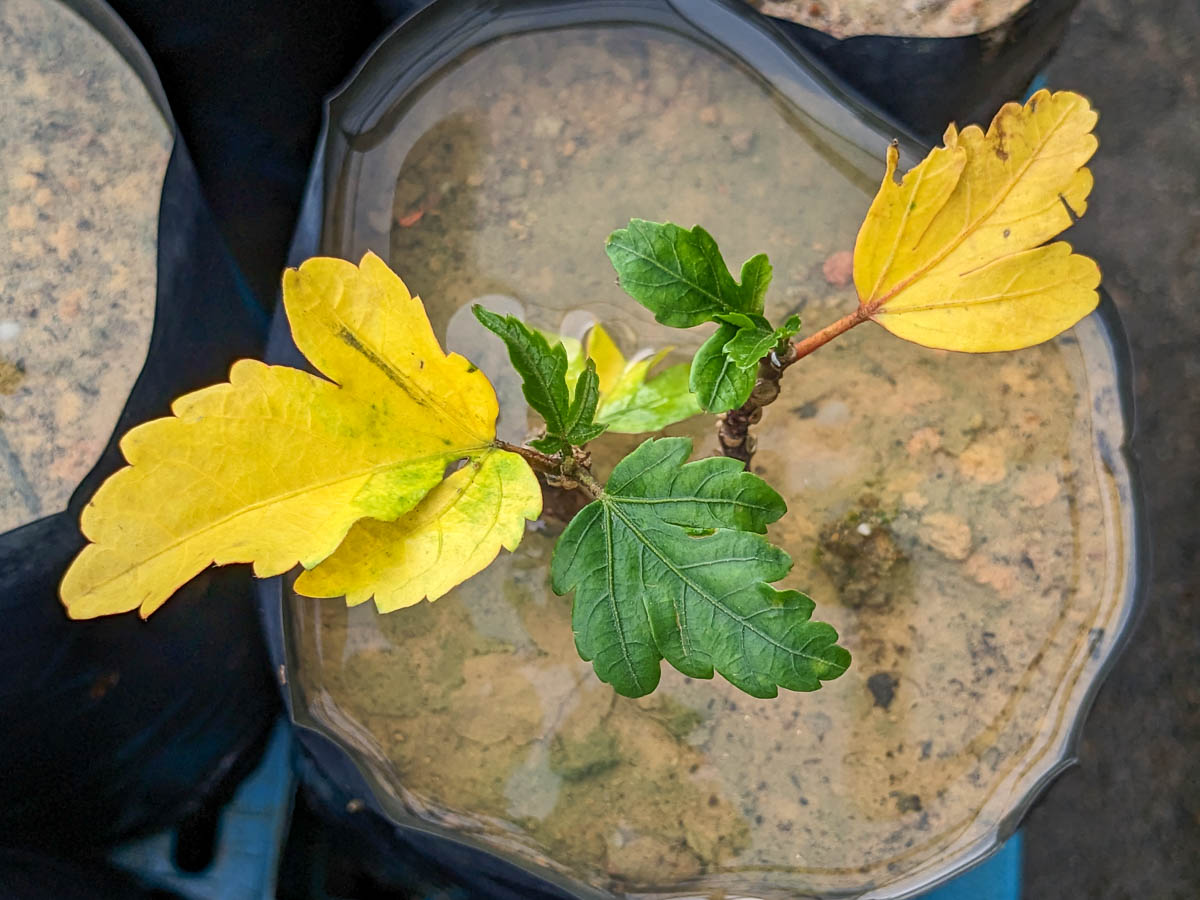
Clayey soils are soil mixes that consist of 50% or more of clay. They are dense and heavy soils which do not drain well or provide space for plant roots to establish. On hot days, they become hard and dry, and become sticky when wet. However, they have a great capacity to hold nutrients and need little fertilising. They also tend to be waterlogged because water is not able to drain away easily, which tends to lead to root rot for a lot of plants. Some native plants can tolerate and grow well in this kind of difficult soil. Most untreated true ground soils are clayey and will need soil amendments to improve it. Clayey soils are generally sold commercially as 'topsoil'.
-
.jpg)
Loamy soils are soil mixes that consist of 50% or more of organic matter. They are the ideal soil type for most plants as they are soft enough for roots to grow well, for water to drain easily, and have enough nutrients to support plant growth. Most nurseries will sell loamy soil as ‘potting’ or ‘vegetable mix’. Edible plants usually require loamy soil to flourish.
Over time, the organic matter in loamy soil can be washed away or decompose, leaving clay and sand. Organic matter can be added in again by mixing in organic soil amendments like compost, or by using organic mulches that will be slowly broken down by soil biodiversity.
Soil type test
You can also figure out your soil type by adding water and rolling the soil into balls or ribbons, as per the video above.

Sandy soils will not hold its shape, loamy soil will form clumps that are easy to break apart, and clayey soil will form balls and ribbons that are soft and easy to shape.
Mixing your own soil

Using sand, clay, and organic matter, you can mix your own soil to grow a wide range of plants. For standardization, sand here refers to horticultural sand or inorganic soil amendments like pumice that can be purchased at nurseries, clay refers to clayey soil from true ground or commercial topsoil, and organic matter refers to organic soil amendments like compost.
Some suggested recipes are below:
| Soil components/ Soil type | Sand | Clay | Organic matter |
|---|---|---|---|
| Sandy | 3 parts | 1 part | 1 part |
| Clayey | 3 parts | 1 part | |
| Loamy | 1 part | 1 part | 1-2 parts |
These soil mixes can be supplemented with soil amendments to improve specific soil aspects, or to replace the sand, clay or organic matter components as needed.

